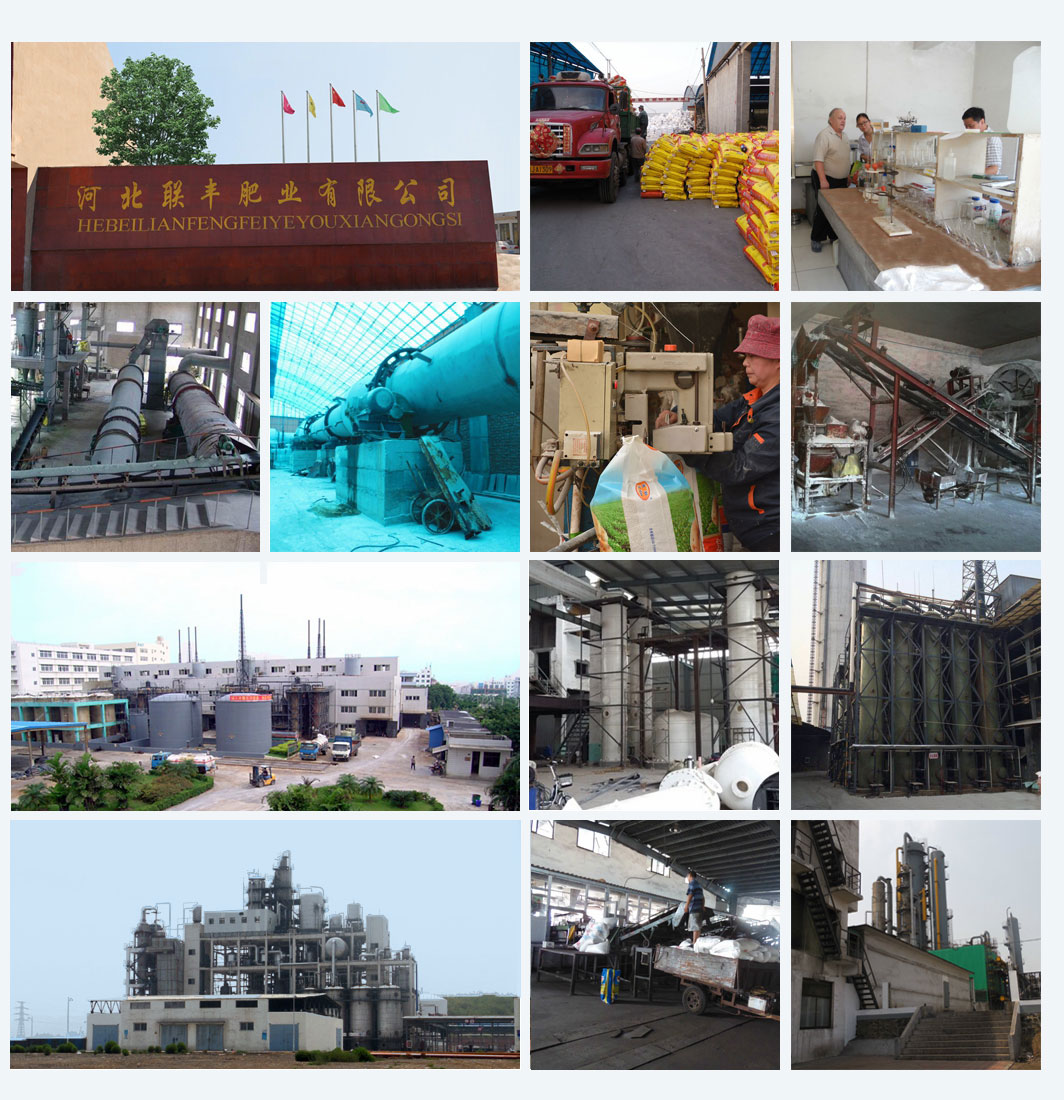
Nov . 19, 2024 21:44 Back to list
price of phosphate fertilizer per ton
The Price of Phosphate Fertilizer Per Ton An Analysis of Trends and Factors
In the world of agriculture, phosphate fertilizer plays a critical role in enhancing crop yields and ensuring food security. As one of the three primary nutrients required for plant growth – along with nitrogen and potassium – phosphate is particularly essential for root development, flowering, and seed production. The price of phosphate fertilizer per ton is therefore a vital metric for farmers, agribusinesses, and policymakers alike, impacting agricultural practices and food prices globally. In this article, we will delve into the current trends in phosphate fertilizer pricing, the factors influencing these prices, and the implications for agricultural stakeholders.
Current Pricing Trends
As of late 2023, the price of phosphate fertilizer has shown significant volatility influenced by various market dynamics. After a previous surge in prices attributed to global supply chain disruptions and increased demand during the post-pandemic recovery, the fertilizer market is now experiencing adjustments. Generally, the price per ton of phosphate fertilizer fluctuates considerably based on a range of factors including production costs, global supply and demand dynamics, and geopolitical issues.
For instance, in 2021, phosphate prices reached unprecedented highs, with costs soaring above $1,000 per ton in some regions. However, recent analyses indicate a slight stabilization and, in some areas, a decrease in prices, driven by increased production capabilities and enhanced trade flows. According to industry reports, average prices for phosphate fertilizers in 2023 hover around $800 to $900 per ton, reflecting a cautious optimism among farmers and agricultural producers.
Factors Influencing Prices
Several key factors affect the pricing of phosphate fertilizer per ton, and understanding these can provide insight into future market trends.
1. Raw Material Costs Phosphate fertilizers are manufactured using phosphate rock, a finite resource extracted through mining. The availability and cost of this raw material directly impact fertilizer prices. As mining operations become more cost-intensive and regulations regarding environmental sustainability tighten, production costs may rise, consequently affecting retail prices.
2. Global Demand and Supply Dynamics Fertilizer consumption patterns are closely linked to global agricultural trends. Regions experiencing agricultural growth and increases in crop production will elevate demand, pushing prices upward. Conversely, a decline in crop yields—due to adverse weather conditions, pest outbreaks, or other detrimental factors—can lead to decreased demand and lower prices.
price of phosphate fertilizer per ton

3. Energy Prices The production of phosphate fertilizers is energy-intensive, requiring significant electricity and fuel. As global energy prices fluctuate due to geopolitical tensions—such as conflicts in oil-producing regions—this can have a cascading effect on fertilizer production costs, thereby influencing market prices.
4. Government Policies Subsidies, tariffs, and trade agreements all influence the price of phosphate fertilizers. Governments may implement tariffs to protect domestic producers or adjust subsidies to alleviate farmers' financial burdens. Such regulations can lead to price variations in different regions and markets.
5. Environmental Regulations Increased scrutiny regarding the environmental impact of fertilizer use has led to a shift in production practices. Stricter regulations aimed at minimizing runoff and pollution can affect production costs and, in turn, the pricing of phosphate fertilizers.
Implications for Agricultural Stakeholders
For farmers, the cost of phosphate fertilizer is a crucial consideration in their operational budgets. Rising fertilizer prices can lead to decreased profit margins, affecting decisions regarding planting, crop selection, and investment in technology. Many farmers are now seeking alternative fertilizers or integrated soil fertility management practices to mitigate reliance on phosphate.
Moreover, policymakers must navigate the fine line between ensuring agricultural productivity and addressing environmental concerns. Sustainable agricultural practices and the development of innovative fertilizers could play a pivotal role in balancing these priorities.
Conclusion
The price of phosphate fertilizer per ton remains a barometer for the health of the agricultural sector. While recent stabilization offers some relief from previous price spikes, ongoing factors—such as raw material costs, energy prices, and geopolitical dynamics—continue to shape the market landscape. As agriculture evolves to meet the challenges of a growing global population, stakeholders must remain vigilant and adaptable in response to these pricing fluctuations, ensuring sustainability while also enhancing productivity.
-
Premium 8 12 16 Fertilizer – High-Efficiency Compound & Granular NPK Supplier
NewsJun.10,2025
-
High Quality Agricultural Grade NPK Fertilizer Manufacturer & Supplier Reliable Factory Price
NewsJun.10,2025
-
Organic Fertilizer for Corn Boost Yield Sustainably
NewsJun.10,2025
-
Organic Fertilizer for New Plants Natural Growth Boost & Eco Nutrients
NewsJun.10,2025
-
Optimized Hydroponic NPK Fertilizer – Fast Growth & Nutrients
NewsJun.09,2025
-
Top-Rated NPK Fertilizer for Fruit Trees - Boost Growth & Yield
NewsJun.09,2025
